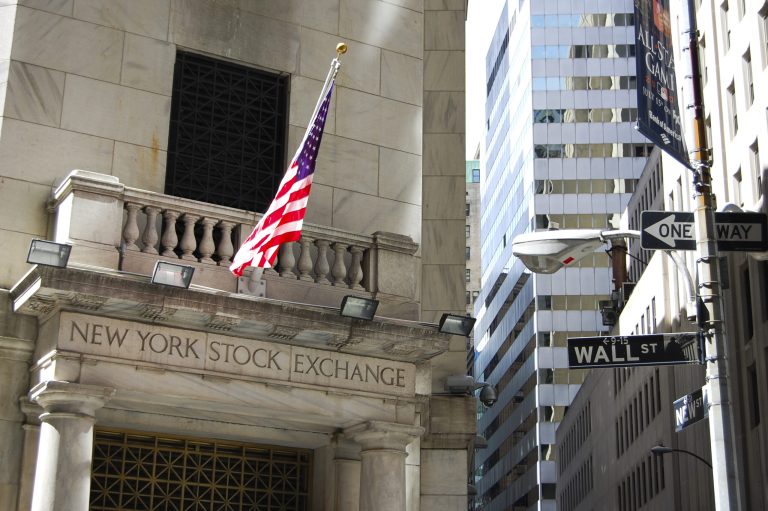As the US stock market approaches its traditionally best-performing six-month period from November through April, investors are balancing hopes for continued growth against rising Treasury yields and looming presidential election uncertainties.
Defying the “sell in May and go away” market adage, the S&P 500 has already experienced strong performance from May through October, setting the stage for what could be a robust November-to-April stretch if history serves as a guide, MarketWatch reported.
History supports a November-to-April rally
Data from CFRA Research shows that the November-to-April period has consistently outperformed other six-month stretches dating back to 1945, with the S&P 500 averaging a nearly 7% gain compared to a more modest 2% in the May-to-October period.
In a recent client note, Sam Stovall, CFRA’s chief investment strategist, highlighted the market’s track record, stating,
Not according to history, which says, but does not guarantee, that prior momentum typically served as a running start to the following November-to-April period.
This year, the market has already seen a remarkable surge, with the S&P 500 gaining over 16% from May through October, putting it on track for its largest May-to-October rally since 2009.
As Stovall noted, past patterns indicate that when the S&P 500 has gained over 10% in the May-October period, it has, on average, increased by 13% in the following November-April months.
Moreover, history shows five occasions where the S&P 500 delivered double-digit returns across both the November-April and May-October periods.
Of those, the index saw further growth in four instances, averaging an 11% gain in the following November-April period.
The favorable six-month stretch has historically benefited not only US large-cap stocks but also small-cap indexes like the Russell 2000, as well as international indexes such as MSCI EAFE and MSCI Emerging Markets, according to CFRA data.
This track record suggests that the market could still have room to grow despite recent gains.
Rising yields, US election concerns hamper investor sentiment
Despite the encouraging historical data, investor sentiment remains cautious as Treasury yields and election-related concerns add complexity to the market outlook.
Last week, a sharp rise in the 10-year Treasury yield unsettled the stock market, with longer-dated yields reaching their highest levels in almost three months.
At the core of this concern is the potential fiscal impact of the upcoming election.
The race between Republican Donald Trump and Democrat Kamala Harris has stirred worries that the next administration might increase the federal deficit, creating additional pressure on yields.
For equities, the critical level to watch is the 10-year Treasury yield at 4.3%, a threshold that has previously presented challenges for stock momentum.
José Torres, senior economist at Interactive Brokers, weighed in on the issue, noting,
With stocks up 23% year to date, how much room is left for more upside? These 10 months have been terrific [for the S&P 500], but they are still behind the pace of many recent years — with 2023, 2021, 2019 and 2013 delivering 24%, 27%, 29%, and 30% [over the first 10 months of the year] for investors.
For stocks to continue their uptrend, Torres indicated several conditions that could support further growth, including a “red sweep in Washington, favorable AI comments on earnings calls, tempered economic data, and calmer interest rates.”
Will US stock market scale its ‘wall of worry’?
Market analyst Stovall remains optimistic about the potential for continued growth, suggesting that the stock market may persist in climbing its “wall of worry.”
In a follow-up interview with MarketWatch, he expressed confidence that favorable economic data, alongside anticipated interest-rate cuts and robust earnings in the technology sector, will provide further support to the market.
“I expect a jump in stock prices as we get more clarity on rate cuts and as tech earnings continue to exceed expectations,” Stovall said.
On Tuesday, the US stock market closed with a mixed performance, further illustrating the market’s resilience amid fluctuating conditions.
The Nasdaq Composite ended up 0.8%, marking its 28th record close of the year, while the Dow Jones Industrial Average slipped by 0.4% and the S&P 500 posted a 0.2% gain.
With history, broader market participation, and potential policy support on its side, the US stock market may yet see its best-performing period deliver the gains investors are hoping for despite the looming uncertainties.
The post With uncertainties looming, can US stock market replicate the historic November to April rally? appeared first on Invezz










